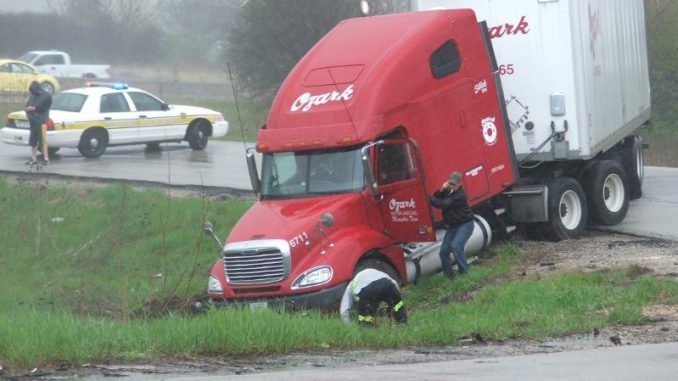
It’s 0645 hrs on your jobsite. You are sitting in a Walgreens parking lot getting your diary entry worked-up. There’s nobody on site yet – The Contractor is scheduled to mobilize a crew to the jobsite to start installing storm sewer along Industrial Drive. It is a cloudy day, low 40’s, overnight it had snowed so this morning, the roads are a bit soupy.
You get a call from the sewer superintendent: He said that the lowboy and the crew are held up in traffic but that they are on the way. You settle back into your diary
All of a sudden, you hear what sounds like a vehicle sliding nearby: Startled, you look up and see and see the crash happening in, what seems like, slow motion – Across the street, a tanker truck is skidding through your barricade line. The truck crushes the drums and topples over off the edge-of-pavement, coming to rest on its side in your workzone. Your heart is in your throat – Holy cripes….
You immediately sprint over to the truck: The driver is forcing his door open and climbs out of the tractor – He’s scratched up but was able to climb out, looks like he’s in one piece. The semi-tractor and the tanker are laying on their sides. You talk to the driver: He says he’s OK but you can tell he’s shaken up (as are you….).
You do a quick 360-walk-around of the truck. You notice that the tractor’s saddle-bag fuel tank on the passenger side has been dislodged from the body and looks to be leaking fuel into the subgrade. You also notice the red diamond placard on the tanker with #1003 and a red and white flame symbol on it. You call 911.
Your heart is racing a bit now, knowing that the fuel tank has been compromised. And the tank trailer is full of “something.”
Question: You’ve called 911. You’ve checked on the driver – Now, what is your course of action? What are the first few things you should be doing?
Vehicle Accidents and Construction Sites
Great way to start your day, eh??
As a construction engineer, I have personally experienced dozens of workzone vehicular accidents. Some have been minor, others have been serious. All the photos in this article have come from incidents that have occurred on my jobsites…
Let’s face it: We may not work in chemical processing plants or petroleum refineries, but make no mistake – Working in the road & bridge construction industry puts ALL of us, everyday, in a hazardous working environment.
Is your level of preparedness commensurate with your working environment?
Hazardous Material Preparedness
I recently completed a training course through the University of Missouri called HazMat / WMD Response & Awareness – As a member of the Plainfield Emergency Management Agency, the course is required for our volunteers to build awareness and skills for assisting our police/fire/EMS crews in dealing with an incident responses. Let’s face it: Those of us in the heavy highway construction business pretty-much live in the same environment as the first responders – We need to be prepared.
As I expected, the course was a pretty deep dive into the aspects of identifying & managing the initial emergency response protocols that should be followed when deploying to an incident, far too deep of a dive for the likes of my audience here. In many cases, WE, those of us on construction sites, are the first responders to traffic incidents – By following some simple protocols & procedures, we can provide some early on-site assistance to the fire / police / EMS responders once they arrive on-scene.
The Emergency Response Guidebook
I was first exposed to the ERG (as it’s known) in 2008 when one of our construction field office locations was neighbors with a safety training school. One of the guys was discarding some old copies of the ERG and gave them to us.
What’s the ERG? The title says it all – The book is a reference guide for anyone who deals with hazardous materials that are transported by truck, rail & pipeline. It allows responders to quickly identify the types of hazards of the material(s) encountered during the initial stages of an incident using the placards on the vehicles.
It is not a book you sit down and read – It’s a ready reference guide that has a bevy of useful information for on-site personnel to quickly assess and take the initial steps to secure an incident site before qualified personnel arrive and can begin the actual response or clean-up efforts required.
I don’t want to make this a deep dive into the ERG – I did the 10-hours of on-line training and feel like I only scratched the surface.
I’ve queued up a really nice video to give you a quick look at the book’s contents – Take a few minutes to watch it:
The ERG App
Having the book in your possession is great, but it will only serve a purpose if it is with you at the incident scene and you know how to use it. I think an app is the way to go (I’m sure you’d agree…)
I downloaded the ERG apps on both my work and personal phones. The apps are great – They allow you quickly enter the numerical codes from the placard where you are taken directly to the associated ERG pages to allow you to identify the material
After Actions Item
As I will continue to bang drums and sound alarms on this site – YOU NEED TO BE PREPARED FOR ANYTHING ON YOUR SITE.
I consider myself fortunate being a part of the Plainfield EMA – I am exposed to a knowledge-base that, a lot of times, has a direct correlation to my day-to-day on-site activities. Tools in the toolbox….
Take the initiative to expand YOUR knowledge base.
Here’s my recommendation for you to execute some time this week:
-
Download the App. Take it for a Test Run.
Spend 10 minutes reading the general information pages. Much of it is common-sense & straight-forward: Train to learn and train to refresh.
-
Do a Google Image Search for: TANKER TRUCK CRASH PLACARD
Click on a few pictures and run the app through it’s paces by using some actual incident photos. Test yourself:
- What product are you dealing with?
- What hazards are present?
- What “Public Safety” actions are required that you can begin to put into place?
You will likely be the initial contact that the fire battalion chief or the responding police officer meets at the scene. Having the ability to provide them with a quick debrief of the incident is critical in helping them size-up the incident.
What happens if you are working at a remote location? Like a resurfacing project on a county road? The information you provide to, say, a volunteer fire chief in the town 15 miles away, will be crucial. The Chief might have you put some initial measures into place, like evacuating the area. Are you prepared for such an occurrence…????
You may never have to use the ERG – That would be the best outcome for all of us. But, Murphy’s Law has no rules, and construction sites are havens for accidents – Be prepared to jump into action. Have the right tools with you at all times and know how to use them: You can never be Over-Prepared….

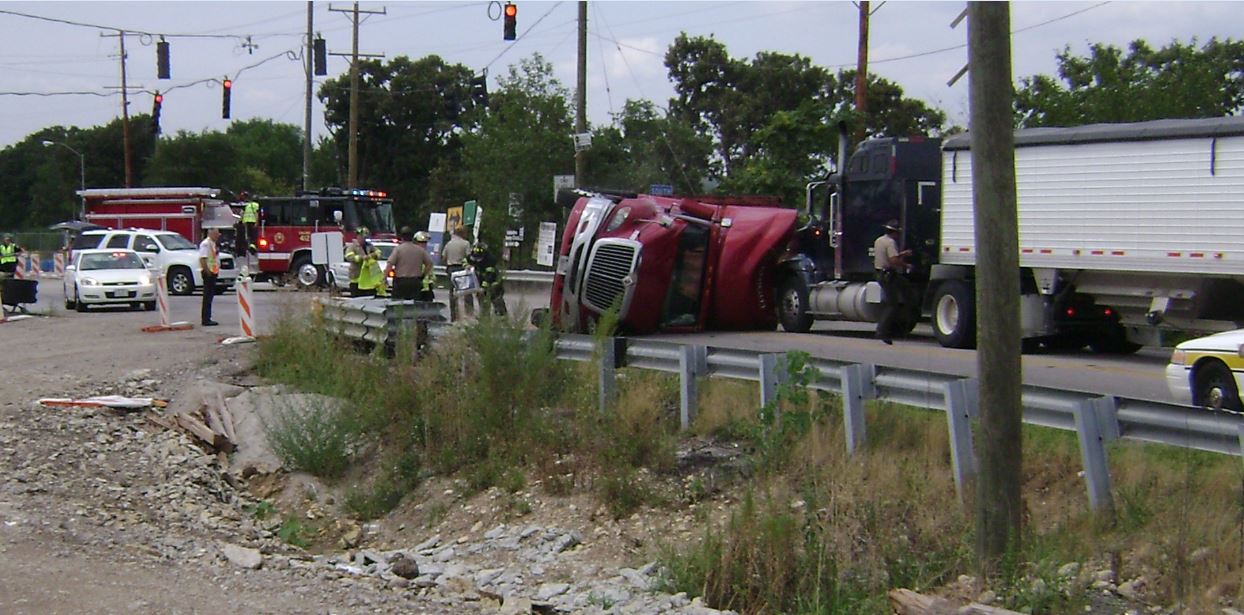
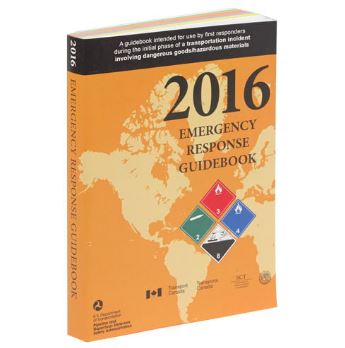
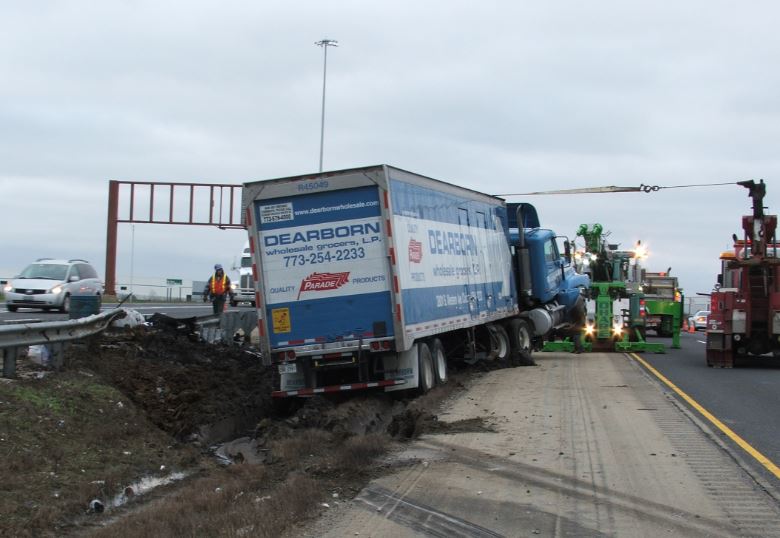

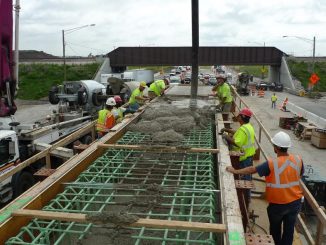

Be the first to comment